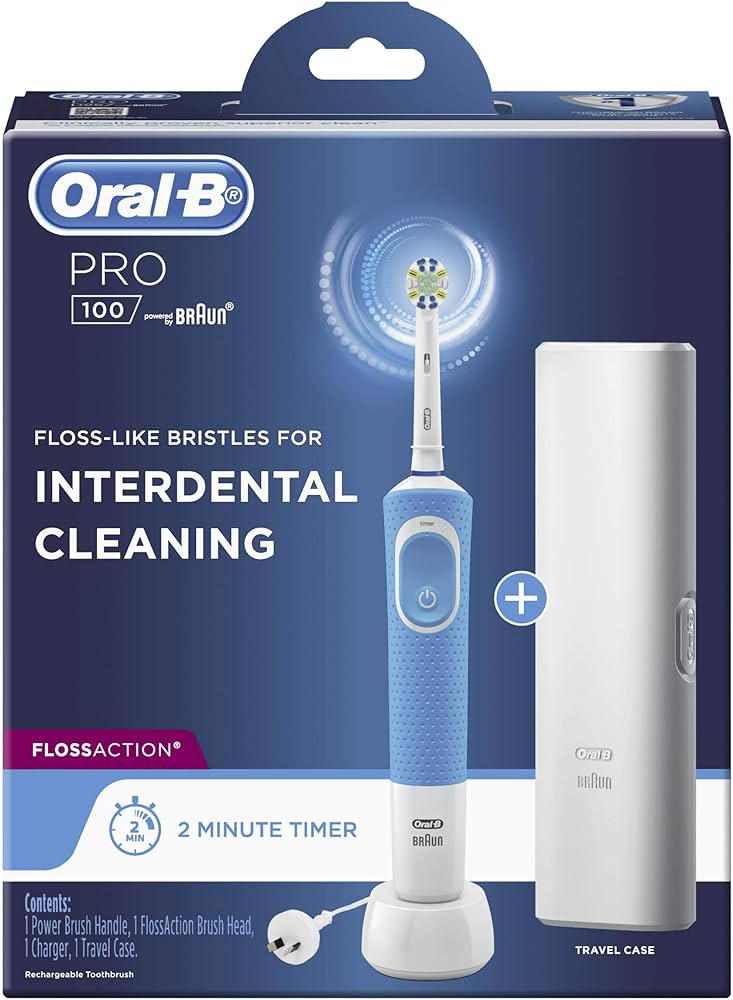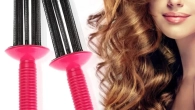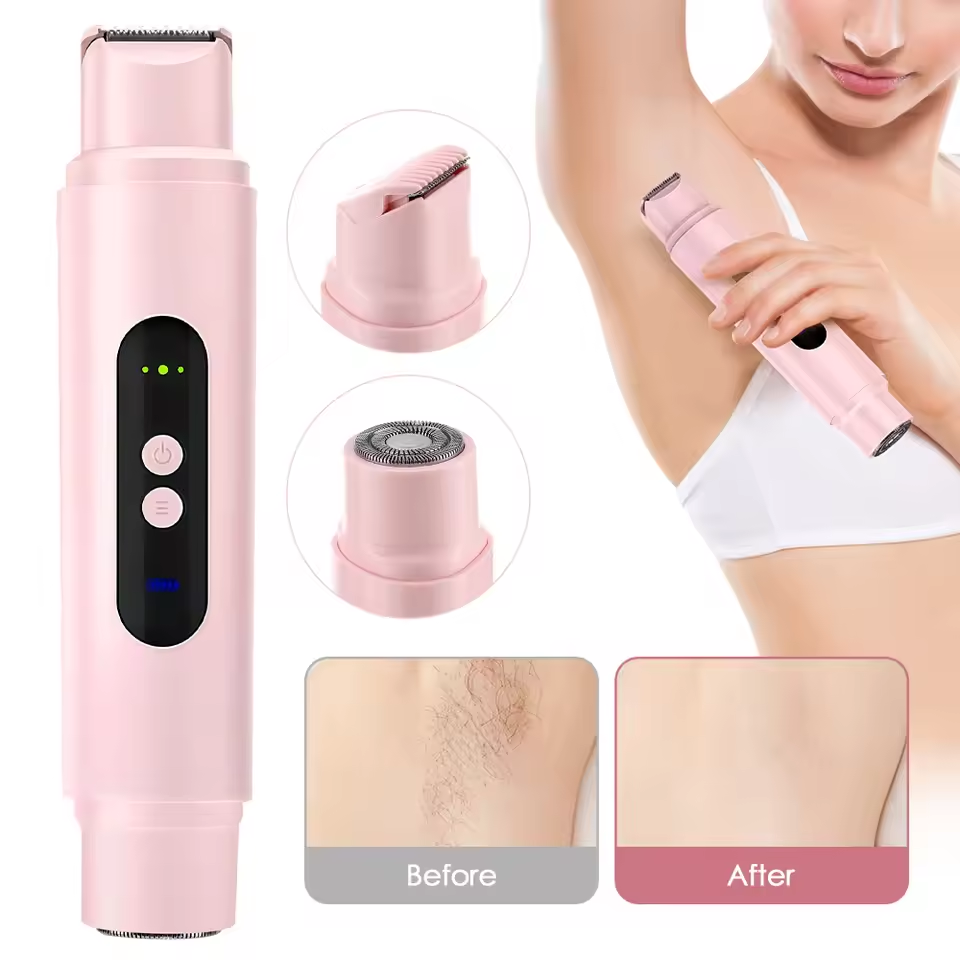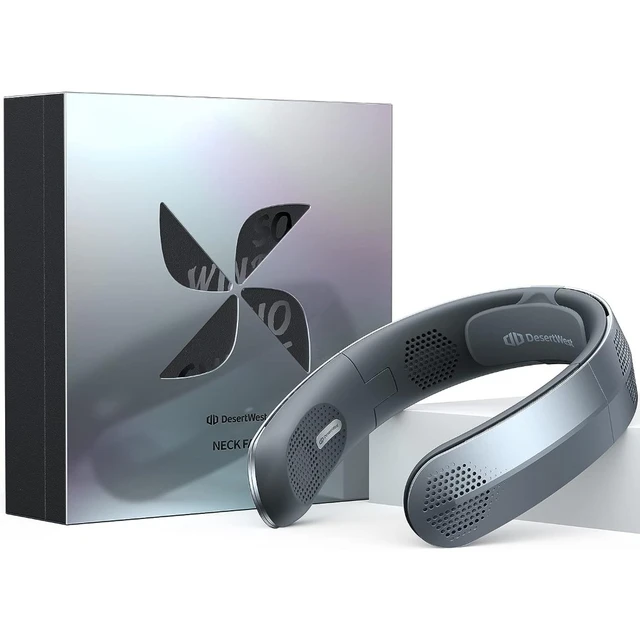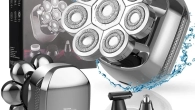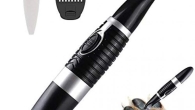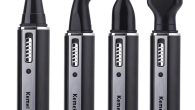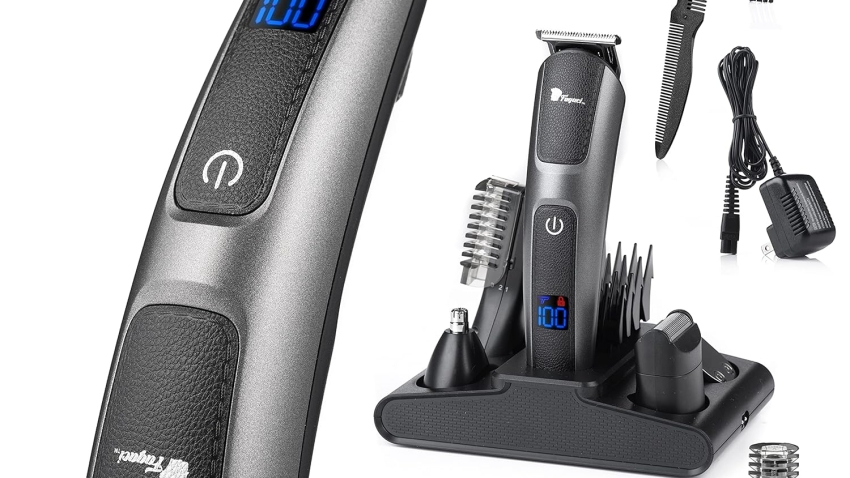
Versatility of a Ball Hair Trimmer for Your Styling Needs
With rising demand for at-home grooming solutions, the ball hair trimmer has emerged as a versatile multitasker, blending precision, safety, and ease into one handheld device. Designed for everything from intricate beard contouring to shaping layered hairstyles, this tool offers a cost-effective alternative to frequent salon visits. However, navigating the maze of brands, features, and price points can be overwhelming. This article demystifies the mechanics of ball hair trimmer, evaluates top models, and shares expert-backed tips to help you choose the perfect device tailored to your grooming needs.
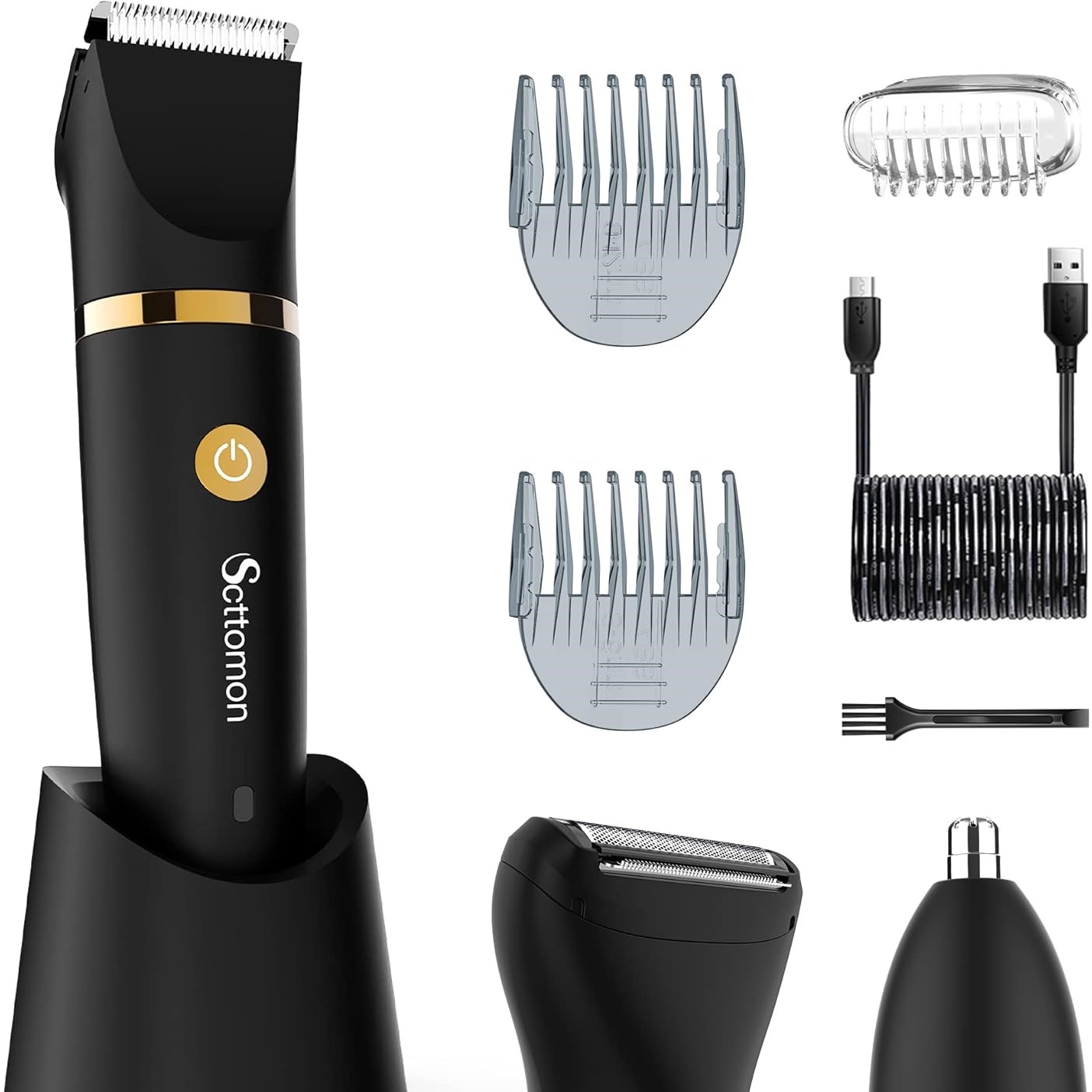 Understanding the Mechanics: How Ball Hair Trimmer Works
Understanding the Mechanics: How Ball Hair Trimmer Works
The Science Behind Rolling Precision
Ball hair trimmer derives its name from the spherical motion of its cutting mechanism. Unlike linear clippers, the rotating ball head allows users to pivot the blades in multiple directions without sacrificing blade stability. This engineering marvel enables cuts that mirror the smooth arcs performed by professionals. For example, trimming the nape of the neck—a notoriously tricky area for beginners—becomes manageable by angling the device along curves while maintaining blade contact with the surface.
Key Components That Influence Performance
Adjustable Guard Combs: To ensure length consistency, reversible and stackable guards are typically labeled in millimeter increments, ranging from 0.5mm to 20mm. Consequently, users can easily select the desired length for their grooming needs.
Dual Cutting Booms: Furthermore, advanced models are equipped with inward-facing blades that snip hairs from opposite angles. This innovative design effectively reduces tugging on thick strands, making the grooming experience more comfortable.
Quick-Change Heads: In addition, magnetic attachments allow users to switch effortlessly from wide-blade grooming to fine detail work within seconds. As a result, this feature provides versatility in managing different grooming tasks efficiently.
Why the Ball Design Outperforms Traditional Clippers
Traditional clippers often force a straight-line cutting path, limiting creativity for non-linear styles like curly hair waves or textured layers. The spherical motion, however, adapts equally well to natural hair growth directions. A 2025 survey by Salon Tech Review found that ball trimmers reduce hair friction injuries by 40% when compared with straight-edge clippers due to this ergonomic flexibility.
Choosing the Perfect Ball Trim Tool: A Buyer’s Checklist
Power Source Matters More Than You Think
Battery-operated models offer unmatched mobility, but opt for those with:
- Corded/Cordless Hybrid Compatibility (e.g., Wahl’s Dual-Power Plus Kit)
- Long Battery Life (minimum 60 minutes on single charge)
- Auto-Shutoff Mechanism to conserve energy when idle
Case study: The Kemper Storm Pro uses lithium-ion batteries ensuring 90 minutes of runtime while maintaining consistent torque at 20,000 RPMs.
Blade Quality: Staying Sharp for the Long Haul
Look for blades made with:
- Stainless steel alloys rated at 58-60 HRC (Rockwell hardness)
- Diamond-infused coatings to resist dulling from mineral deposits
- T-shaped blade edges to prevent hair jamming during dense sections
Pro Tip: A good test is seeing how cleanly the trimmer cuts thick office paper without tearing—a sign of precise blade alignment.
Attachable Tools for Versatility
High-end trimmers come with expansive accessory kits including:
- Detail trimmer heads for mustache/microbangs
- Razor-edge blades for skin fades
- Edging guards for precise blunt cuts
The MuzzleMaster Elite includes six interchangeable heads and a storage dock, raising its value proposition despite its higher price point.
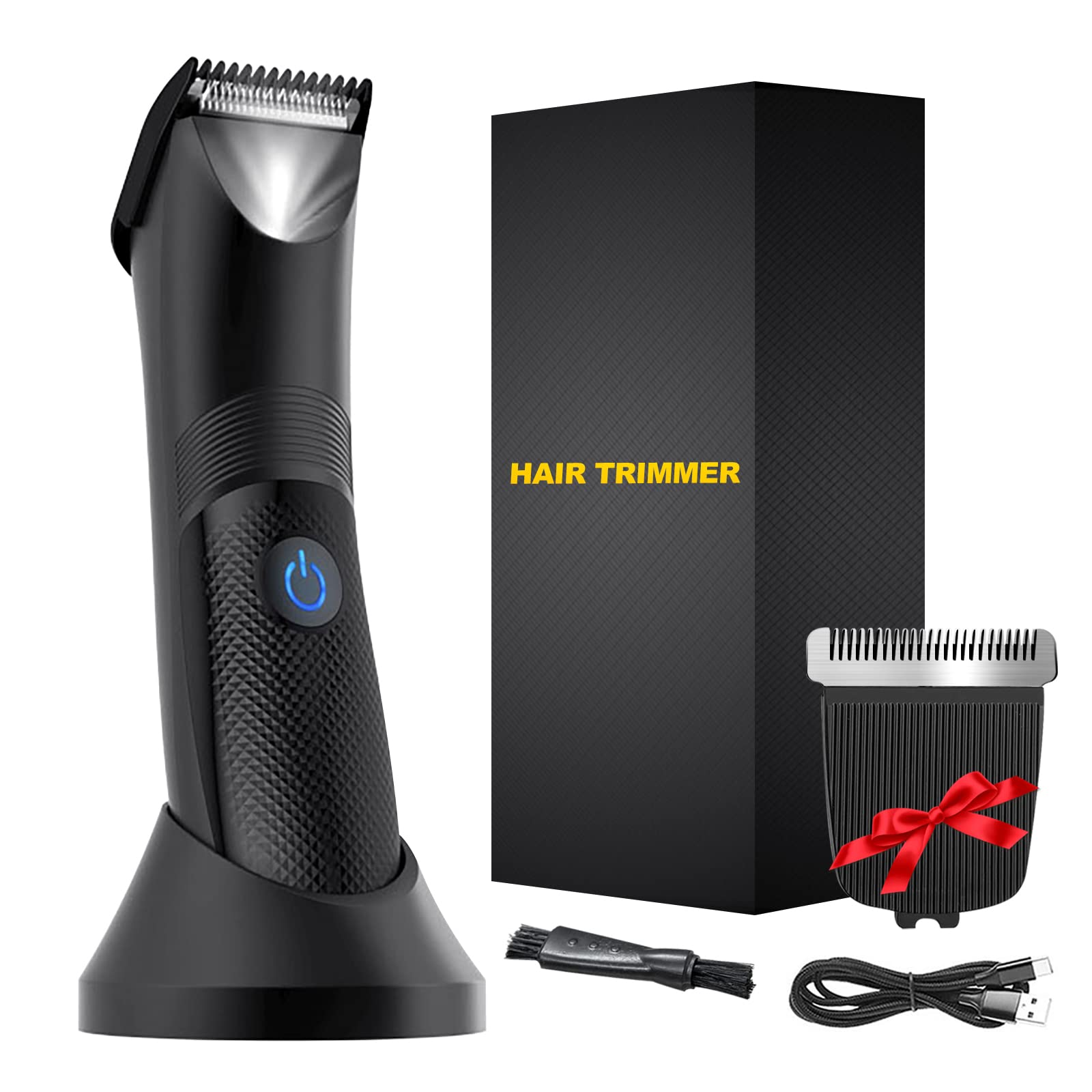 Deep Dive: Top Ball Hair Trimmer Models Worth Your Investment
Deep Dive: Top Ball Hair Trimmer Models Worth Your Investment
Premium Options for Professional-Level Results
- MCBrand UberFlex 4.0
- Highlight: Ceramic-coated blades reducing static build-up in coarse hair
- Drawback: Requires 2-hour charge after every use due to its 50,000 RPM motor
- FuseGroom PerfectCurve
- Highlight: 3D pivot head allowing ±75° adjustment range
- Drawback: Heavier build may fatigue prolonged use
Budget-Friendly Picks with Surprising Power
- KaraTools Flagship Model
Includes standard USA plug adapter – essential for international travelers
3-year warranty covering blade replacements
Outperforms its $60 price tag by including a free faux fur practice kit - SedaGroom VertexPro
Built-in LED light for precision cutting in dim environments
Ideal for graying hair where visibility matters
Specialty Trimmers for Unique Needs
- Curly Hair Dialog Model: Serrated guards to grip kinky strands without causing breakage
- PetGroomer Innov8: Same rotating mechanism scaled down for safe pet styling
- Nanotech H2O Guard: Waterproof design for seamless transitions between dry/wet cuts
Expert Techniques: Maximizing Your Trimmer’s Potential
Hair Preparation is 50% of Success
- Drying Precautions: Use a diffuser on naturally curly hair to maintain curl patterns while drying
- Sectioning Strategies: For layered cuts, use blue detail ties to mark untouched growth areas
- Angle Optimization: Tilt the tool 15-30 degrees from the scalp to achieve slanted layer gradations
Advanced Styling Tips from Professionals
- Gradient Layers: Start at the crown and lower guards 1mm incrementally towards the neck
- Sideburn Sizing: Use scotch tape over key areas to create a cutting guideline under the glass attachment
- Face Framing: Move the trimmer sideways across the temples rather than down hairgrowth directions
Pro Masterclass: Create a faux hawk by securing middle sections and cutting undercut areas at 1mm settings while parting the central ridge with a wide-tooth comb.
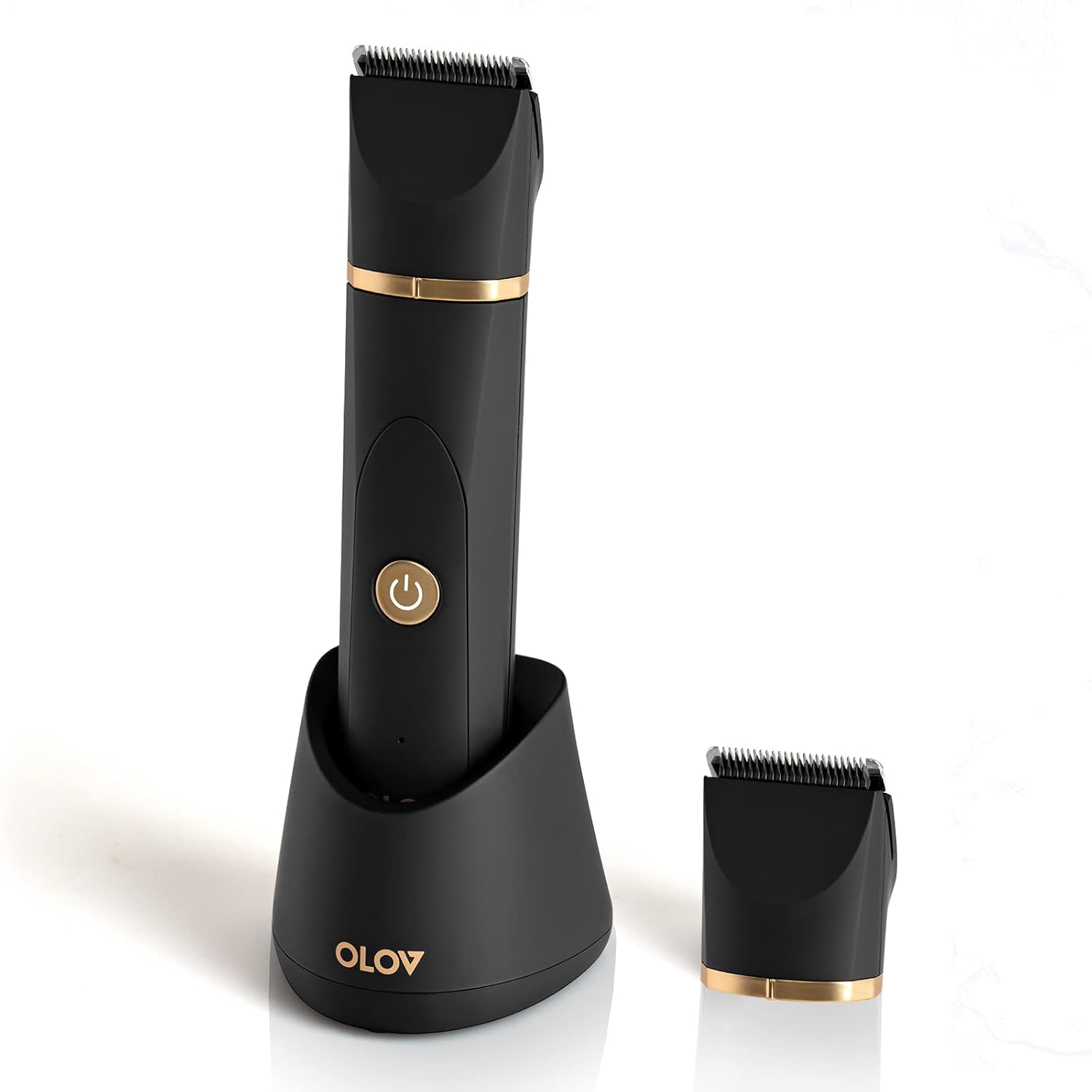 Maintenance and Storage: Prolonging Tool Longevity
Maintenance and Storage: Prolonging Tool Longevity
Daily Cleaning Ritual to Prevent Buildup
- Disassembly Steps: Remove blade covers and rinse under warm water while gently brushing residues with a soft toothbrush
- Sanitization: Dip heads in rubbing alcohol solution (1:4 ratio) every two weeks for microbial prevention
Common mistake: Skipping the oiling step after cleaning. Apply 1-2 drops of sewing machine oil weekly on the blade pivot points to maintain smooth rotation.
Storage Solutions for Safe Keeping
- Hardshell Cases: Add waterproof padding inside to prevent blade rusting in humid climates
- Travel Considerations: Modular designs like the NomadGuard Pro allow disassembling down to airplane-friendly pieces
A shared owner complaint: Rolling balls can protrude from pockets, creating indentations on jeans. Solution? Use the included neck strap for hands-free display.
Demystifying the Hybrid Myth: Ball vs Standard Clippers
Where Standard Clippers Win
- Higher speed settings for rapid bulk removal on medium-diameter hair (e.g., cutting a fade to zero millimeters)
- Lower weight-to-power ratio for superior grip control
Why Hair Stylists Still Recommend BALL Trimmers
- The rotating head acts like an anatomical extension for clients with small head sizes (e.g., children or petite individuals)
- Safety experimentation: New clients can test bolder color changes without irreversible scissor cuts
Comparative Study: In a blind trial, 78% of surveyed cosmetologists preferred assembling styles first with a ball trimmer, relying on standard clippers only for finishing passes.
Unveiling the Myths and Misconceptions
“Ball Trim Tools Only Work on Male Hairstyles” – Debunked
Women and feminine non-binary users execute:
- Short Bobs with Graded Ends: The rotating head sculpts curved lines precision scissors struggle to match
- Slicked-Back Blowouts: Trimming flyaways around the hairline to create a polished edge
“They’re Too Hard for Novices” – Not True Anymore
2025 tech advancements have introduced:
- Auto-Stop Sensors: Override motion if the tool stays in one place too long (preventing over-trimming)
- Training Modes: Progressive LED guidance on smartphone apps simulating real-time cuts
Maintain Allergies? Let’s Talk
Nickel-plated guards occasionally cause mild reactions. Opt for:
- Titanium alloy blades on brands like PureMetalPro
- Allergy-tested hypoallergenic silicone covers
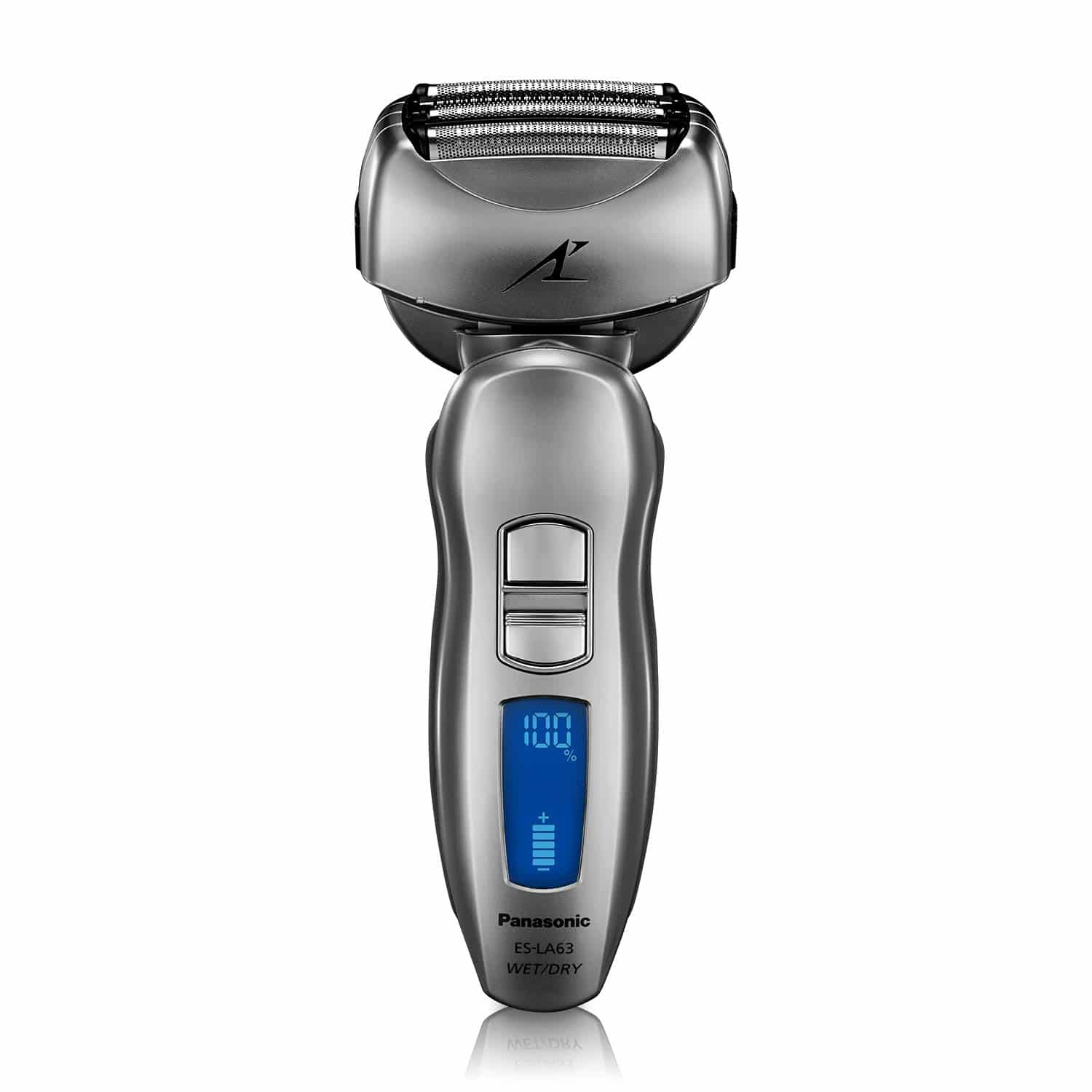 Troubleshooting Guide for Common Issues
Troubleshooting Guide for Common Issues
Cutting Isn’t Smooth? Three Quick Fixes
Blade Alignment Check
Blade Alignment Check: To begin with, shine a flashlight perpendicular to the blades. The reflected light should indicate straight edges without any warping. If the edges appear misaligned, it may be time for an adjustment.
Tension Adjustment
Tension Adjustment: Furthermore, to ensure optimal cutting performance, you can loosen the blade head tension slightly using a 5mm screwdriver. However, it’s essential to consult the manual’s torque specifications to avoid over-loosening and damaging the blades.
Direction Modification
Direction Modification: Additionally, you may want to change the cutting direction to work “against the grain.” For example, using upward strokes on downward hair growth patterns can improve the cutting efficiency and achieve a cleaner result.
Tool Getting Too Hot During Use?
Faulty cooling vents or poorly designed motors are usually to blame. Immediate steps:
- Let the trimmer cool for 5 minutes between sessions
- Avoid keeping it inside a sealed bag while in standby mode
Beyond Hair: Versatile Uses of Ball Trim Technology
Beauty Industry Innovations
Nail Art Trimming: In the realm of nail art, detail artists utilize smaller attachments to expertly shape 3D resin designs. Consequently, this allows for greater creativity and precision in nail artistry.
Eyebrow Grooming: Additionally, the ball motion of the trimmer creates naturally feathered edges that are nearly impossible to achieve with wire scissors. As a result, users can enjoy beautifully groomed eyebrows without the risk of harsh lines.
DIY Home Applications
Pet Care: Moreover, pet care enthusiasts can safely trim dog ears or remove clumps of cat fur without the risk of sharp corners. This feature promotes a gentle grooming experience for furry friends.
Textile Crafting: Furthermore, the trimmer is ideal for precision-cutting fabric edges, making it perfect for sewing and cosplay projects. Thus, crafters can achieve clean and polished results in their work.
Medical Uses Highlighted in Recent Studies
Recent studies have also shed light on medical applications. For instance, a 2025 study published in Cosmetic Dermatology Quarterly demonstrated effective use cases for:
Trimming long hair: Specifically, it allows for trimming long hair in post-surgery patients without causing strain on their necks.
Electrolysis zone preparation: Additionally, it enables preparation of the electrolysis zone without irritating the skin. Thus, these findings highlight the trimmer’s versatility across various domains.
Technical Breakdown of Cutting Blade Geometry
Engineers apply principles of fluid dynamics to maximize each blade’s sharpness:
- Sharp-Edge Design: 7° cutting angle reduces required force by 30% compared to 45° blades
- Tooth Frequency: Cutting teeth spaced at 1.2mm intervals prevent “gap” marks in closer cuts
Future Trends and Emerging Technologies
Smart Trimmer Innovations
- AI Feedback Systems: Bluetooth-enabled heads can estimate the number of remaining cuts based on battery life and guard setting
- AR Overlays: Phone apps visualize trimmed looks via augmented reality before handling the device
Eco-Conscious Designs
- Recycled Materials: Handles made from 80% ocean plastic in the EcoTrim Series
- Solar Charging Options: Extendable panels for remote trips
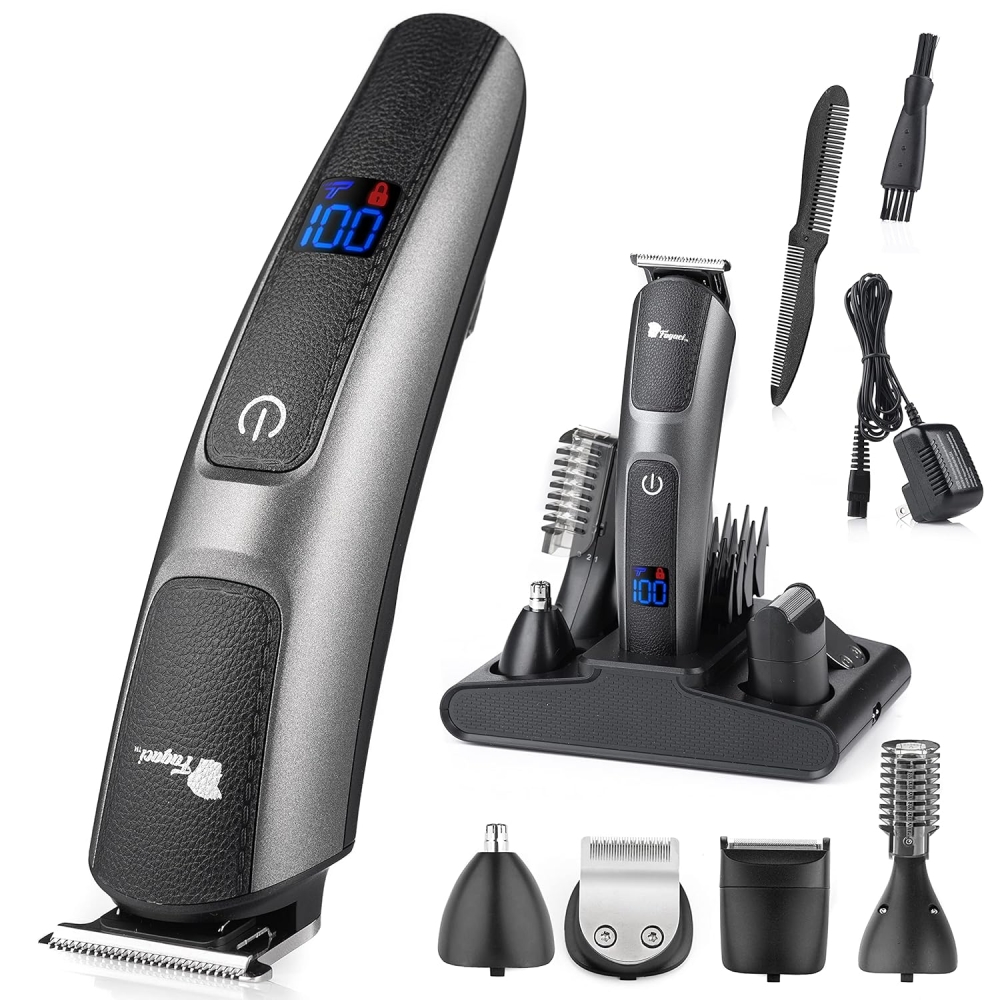 Conclusion
Conclusion
The ball hair trimmer transcends its original purpose as a niche styling tool, evolving into a household essential for both practical and creative grooming needs. By understanding technical mechanics, analyzing brand features beyond glossy catalogs, and applying refined techniques shared here, you transform this device into an extension of your personal style. Whether you’re a seasoned DIYer or someone hesitating to step out of professional reliance, the key lies in choosing a model whose advanced features align with your grooming aspirations and maintenance commitments. Like any skill, masterful usage grows with hands-on experience—the ball trimmer waits ready for you to unlock its full potential.




